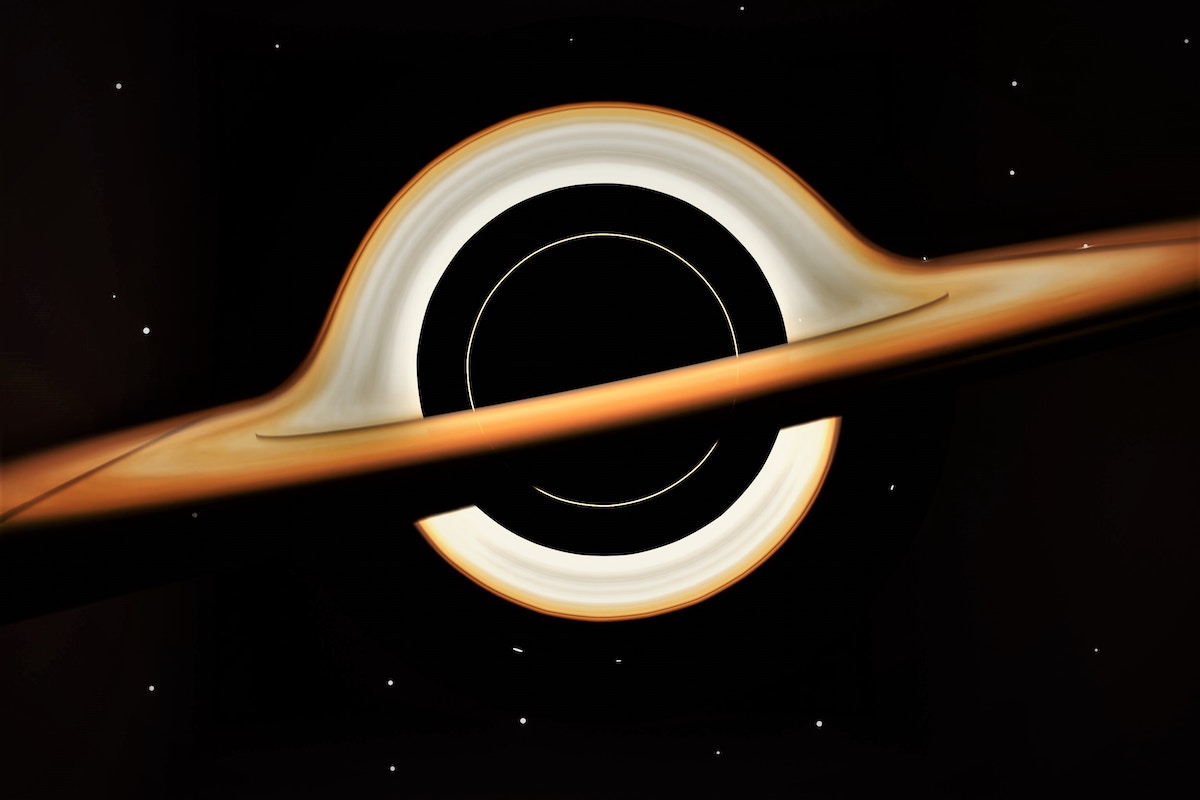Unlock the Mysteries of the Cosmos with these Essential Astrophysics Concepts
Are you an aspiring stargazer? Do you dream of exploring the vast reaches of the universe and unraveling its secrets? If so, welcome to the fascinating world of astrophysics! This captivating field of study delves into the mysteries of celestial objects, cosmic phenomena, and the fundamental laws that govern our universe. In this article, we will introduce you to ten key concepts that every amateur astronomer should know. From the birth of stars to the enigmatic nature of black holes, prepare to embark on an awe-inspiring journey through the cosmos.
1. The Big Bang: The Birth of the Universe
The Big Bang theory stands as the prevailing explanation for the origin of the universe. According to this theory, our universe began as an infinitely dense and hot singularity, and it has been expanding ever since. This explosive event occurred approximately 13.8 billion years ago, giving rise to space, time, and all the matter and energy we observe today. The Big Bang not only sets the stage for the formation of galaxies, stars, and planets but also offers insight into the evolution of our universe.
2. Stellar Evolution: The Life Cycle of Stars
Stars, those dazzling celestial bodies that light up the night sky, have their own life cycles. Stellar evolution describes the various stages a star goes through, from its birth to its eventual demise. Stars are born from the collapse of dense clouds of gas and dust, called nebulae. Over millions of years, gravitational forces cause the material to clump together, forming a protostar. As the protostar continues to contract, it grows hotter and denser until nuclear fusion ignites, marking the birth of a star. The star then enters a phase of stable burning, where it fuses hydrogen into helium in its core, releasing vast amounts of energy. This main sequence phase can last for billions of years, depending on the star’s mass. Ultimately, stars exhaust their nuclear fuel and undergo dramatic transformations, such as expanding into red giants or collapsing into white dwarfs, neutron stars, or even black holes.
3. Black Holes: The Cosmic Vacuum Cleaners
Black holes are among the most fascinating and enigmatic entities in the universe. They are formed when massive stars collapse under their own gravity during a supernova explosion. A black hole’s gravitational pull is so strong that nothing, not even light, can escape its grasp beyond a point known as the event horizon. This phenomenon makes black holes appear “black” and gives them their name. The study of black holes has revolutionized our understanding of space, time, and the nature of gravity. Scientists have also discovered supermassive black holes at the centers of galaxies, which play a crucial role in the formation and evolution of galaxies.
4. The Electromagnetic Spectrum: A Window to the Universe
The electromagnetic spectrum encompasses all the different forms of electromagnetic radiation, from radio waves to gamma rays. Each form of radiation has a unique wavelength and energy level. Amateur astronomers utilize various parts of the electromagnetic spectrum to observe and study celestial objects. Visible light, for example, allows us to see the colors and features of stars and galaxies. Other wavelengths, such as radio waves and X-rays, reveal different aspects of the universe, such as the presence of pulsars or the remnants of supernova explosions. By examining the universe across the electromagnetic spectrum, astronomers can gather a comprehensive understanding of its diverse phenomena.
5. Cosmic Microwave Background: A Fossil from the Early Universe
The cosmic microwave background (CMB) radiation is a relic of the early universe, originating from a time when the universe was a hot, dense, and opaque plasma. Approximately 380,000 years after the Big Bang, the universe cooled down enough for neutral atoms to form, allowing photons to travel freely. Today, these photons fill the entire universe, and they have been stretched to longer wavelengths due to the expansion of space. By studying the CMB, astronomers gain valuable insights into the early conditions of the universe, providing evidence for the Big Bang theory and shedding light on the formation of galaxies and large-scale structures.
6. Dark Matter and Dark Energy: The Cosmic Enigmas
While the matter and energy we are familiar with make up only a small fraction of the universe, the majority of it remains mysterious and unseen. Dark matter and dark energy are the two elusive components that dominate the cosmos. Dark matter, although invisible, exerts a gravitational force and plays a crucial role in the formation and stability of galaxies. Scientists are actively searching for clues to identify the true nature of dark matter particles. On the other hand, dark energy is an even more enigmatic concept. It is thought to be responsible for the accelerating expansion of the universe and remains one of the greatest puzzles in modern astrophysics.
7. Exoplanets: Worlds Beyond Our Solar System
The discovery of exoplanets has revolutionized our understanding of the cosmos and our place within it. Exoplanets are planets that orbit stars other than our Sun. Thanks to advancements in observational techniques, astronomers have identified thousands of exoplanets, ranging from small, rocky worlds to massive gas giants. These discoveries have raised intriguing questions about the possibility of life beyond Earth. Through ongoing research and missions dedicated to exoplanet exploration, scientists are striving to unravel the mysteries of these distant worlds and uncover potential signs of habitability.
8. Nebulae: Cosmic Clouds of Gas and Dust
Nebulae are colossal clouds of gas and dust scattered throughout the universe. These celestial formations serve as the birthplaces of stars, as they provide the necessary raw materials for star formation. Nebulae can take on various forms, such as emission nebulae, reflection nebulae, and dark nebulae. The famous Orion Nebula, for instance, is an emission nebula where new stars are being born. These captivating structures not only showcase the beauty of the cosmos but also provide valuable insights into the processes that shape the universe.
9. Gravitational Waves: Ripples in Spacetime
Albert Einstein’s theory of general relativity revolutionized our understanding of gravity. According to this theory, massive objects can warp the fabric of spacetime, causing ripples known as gravitational waves. Gravitational waves were first directly detected in 2015, opening a new window for observing the universe. These waves are generated by extreme cosmic events, such as the collision of black holes or the merger of neutron stars. By studying gravitational waves, scientists can gain valuable information about these cataclysmic events and delve deeper into the nature of gravity itself.
10. Cosmology: The Study of the Universe as a Whole
Cosmology is the branch of astrophysics that aims to understand the origin, evolution, and overall structure of the universe. It combines observations, theoretical models, and sophisticated calculations to construct a comprehensive picture of our cosmic home. Cosmologists investigate the composition of the universe, its large-scale structure, and the forces driving its expansion. Through meticulous study and analysis, cosmology provides us with insights into the fundamental questions about our existence, the nature of dark matter and dark energy, and the ultimate fate of the universe.
Embark on Your Astrophysical Journey
As an amateur astronomer, these ten key concepts will serve as your guiding light in the vast ocean of astrophysics. From the explosive birth of the universe to the mind-boggling enigma of dark matter and dark energy, each concept unveils a unique facet of the cosmos. So, grab your telescope, immerse yourself in the wonders of the night sky, and explore the frontiers of knowledge. As you delve deeper into the mysteries of the universe, remember that there is always something new and extraordinary waiting to be discovered.
Open your eyes to the wonders of astrophysics and explore the cosmos with these essential concepts for amateur astronomers.
Discover the secrets of the universe through stellar evolution, black holes, dark matter, and more. Join the celestial journey now!

